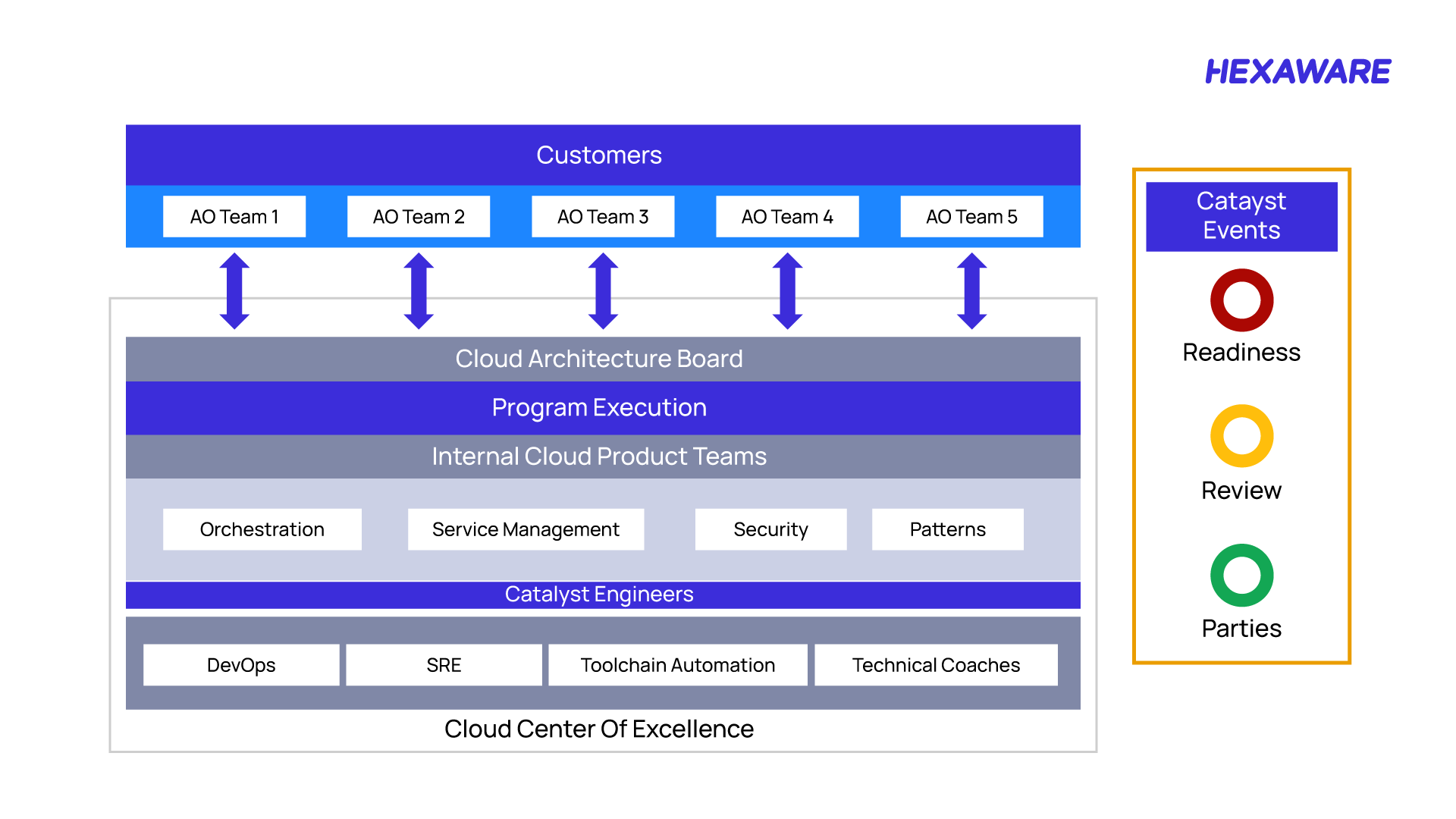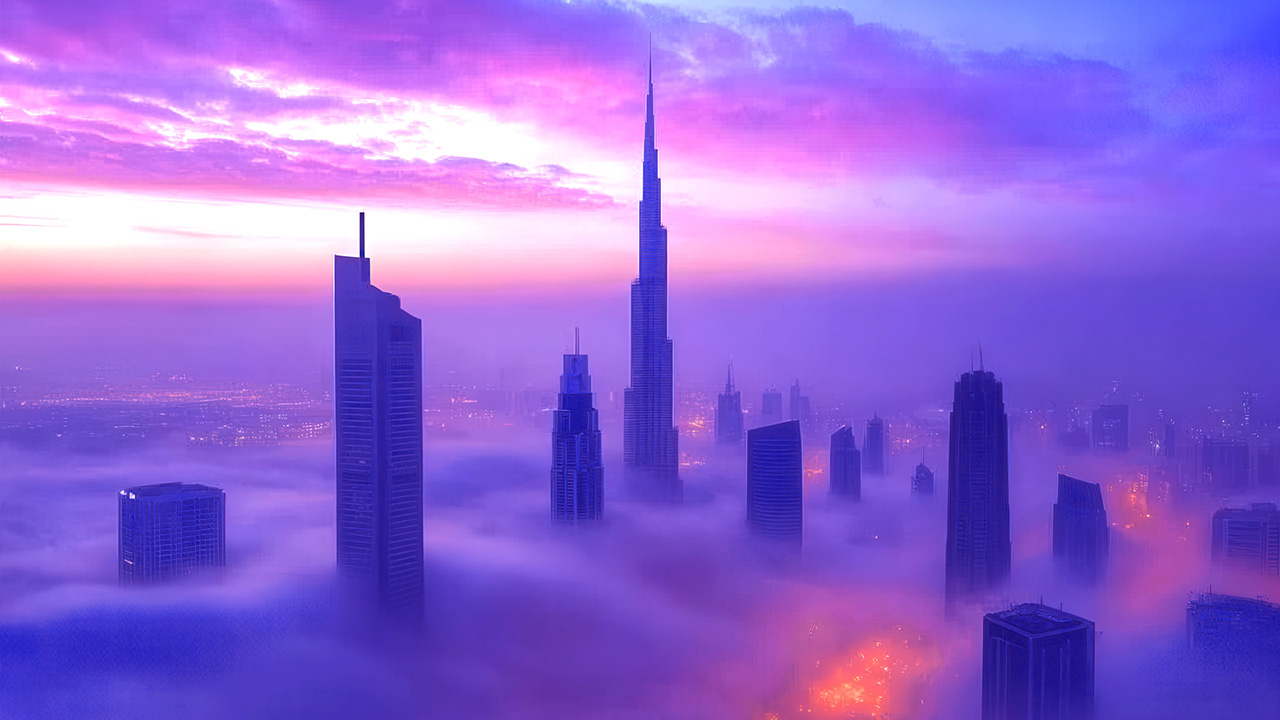Planning an effective cloud transformation strategy largely depends on an enterprise’s current readiness to move to the cloud. This includes readiness across business, technology, and culture. There is no one-size-fits-all solution for every enterprise — each transformation journey is unique and must align with defined business objectives and long-term goals.
Most enterprises face a common challenge midway through their cloud journey — the lack of proper planning, processes, and strategy. This gap often hinders modernization, increases costs, and impacts time-to-value. A well-defined cloud transformation strategy ensures readiness, risk mitigation, and smoother adoption of cloud services for sustainable growth.
Why Planning Is Critical for a Successful Cloud Transformation
A successful enterprise cloud transformation starts with clear objectives, a strong governance model, and a detailed understanding of the existing IT landscape. Effective planning reduces migration risks, controls spending through cloud cost optimization, and ensures each step of the cloud transformation plan aligns with business goals.
Enterprises must assess their infrastructure, applications, and data dependencies before execution. The clarity gained from this stage prevents disruptions during cloud migration and allows teams to design a scalable cloud strategy that delivers measurable business outcomes.
The DNA of a Successful Cloud Modernization Plan
Over the past decade, Hexaware has helped global enterprises, including Fortune 500 companies, successfully modernize complex application portfolios. The secret lies in developing a tailored cloud modernization framework that balances innovation, automation, and governance.
A solid modernization plan ensures seamless migration, accelerates time-to-market, and unlocks the full potential of cloud transformation services.
Step-by-Step Cloud Transformation Strategy Framework
A well-executed cloud transformation strategy demands structure, clarity, and alignment between business and technology teams.
To ensure a smooth and value-driven transformation, enterprises must follow a systematic roadmap that covers every critical stage — from assessing applications to automating workloads. The framework below outlines the essential steps to help enterprises plan, execute, and sustain a successful cloud transformation journey.
Step 1: Assess the Applications to be Migrated
Many enterprises struggle with legacy modernization because of improper assessment at the beginning. During application portfolio rationalization, enterprises often adopt a rehost-heavy approach — focusing on rapid migration or data center exit. This lift-and-shift model, however, can lead to resource overuse and limited business value.
A thorough evaluation of legacy applications — including architecture, code patterns, technical debt, and database design — helps determine the right path to modernization. This step ensures the cloud transformation strategy yields sustainable results.
Step 2: Prepare a Cloud Transformation Strategy Canvas
Building a one-page cloud transformation roadmap or strategy canvas aligns people, goals, and key performance indicators (KPIs). This approach connects every project’s objectives to measurable business outcomes.
Leaders should define biztech goals — ensuring technology investments directly serve customer and business needs. Each application’s modernization approach (simplify, build for speed, retire technical debt) should be mapped to KPIs for visibility and accountability.
You can explore Hexaware’s approach to cloud strategy for more structured planning.
Step 3: Adopt a Modernization Mindset (Cloud Dojo)
Every cloud environment, whether public or private, comes with unique patterns and requirements. To build internal capability, enterprises can adopt a Cloud Dojo model — a dedicated space where cross-functional teams experiment, learn, and refine modernization practices.
Through quick iterations and learnings, enterprises move from simpler workloads (lift-and-shift) to advanced patterns such as replatforming. This culture of continuous improvement drives long-term success in enterprise cloud transformation.
Step 4: Identify and Address Cloud Transformation Blockers
Cloud adoption often slows down when it reaches critical or complex applications. Manual decoupling, limited documentation, and lack of SMEs increase risk and delay progress. Identifying these cloud transformation challenges early enables better planning and automation opportunities.
Research from McKinsey, based on analysis of leading global enterprises, reveals:
- Nearly 70% of enterprises struggle to complete digital modernization initiatives, primarily due to inadequate planning, fragmented processes, and lack of strategic alignment.
- Companies that adopt lift-and-shift cloud migration without addressing underlying technical debt often face significant inefficiencies.
- Cloud environments are becoming over-provisioned by up to 50% within 18 months, leading to inflated costs and underutilized resources.
Proactive assessment and automated transformation frameworks mitigate these risks.
Step 5: Check Automation Feasibility for Critical Workloads
Automation is key to accelerating cloud transformation services. Automated refactoring, replatforming, and deployment pipelines allow teams to focus on innovation rather than repetitive tasks.
Implementing automation for critical workloads also ensures cost efficiency, reduces migration timelines, and enhances overall system reliability.
Real-World Cloud Transformation Success Stories
The true impact of a well-defined cloud transformation strategy is best demonstrated through real-world success stories.
Across industries, enterprises have achieved measurable outcomes by combining strategic planning, automation, and modernization best practices.
The following case studies highlight how enterprises leveraged Hexaware’s expertise and innovative frameworks to overcome challenges and accelerate their cloud transformation journey.
Case Study 1: Building a Cloud Dojo for Continuous Learning
A leading mortgage company adopted our cloud dojo approach to accelerate modernization. By forming a dedicated team to manage the lifecycle of specific applications, it empowered decision-making and fostered collaboration across functions.
The team started with lift-and-shift migration to learn cloud fundamentals, later evolving to replatforming. This approach established a continuous learning culture, enabling faster delivery and higher success rates in the cloud transformation journey.
Read the how it unfolded here: Oracle to AWS Postgres Migration | Hexaware

Case Study 2: Aligning Goals with a Cloud Strategy Canvas
An educational institute aimed to cut digital expenses by 20%. It adopted a single-page cloud transformation strategy canvas to align business and technology KPIs.
By defining clear objectives (simplify apps, build for speed, retire technical debt), the institute successfully streamlined decision-making and achieved measurable modernization outcomes.
Read more: Education Portal powered with the Adobe Experience Cloud

Case Study 3: Governance and Readiness for Complex Applications
A global banking firm revamped its governance framework by creating an event-based application cloud migration readiness model.
Through structured review cycles, the enterprise aligned stakeholders, toolchains, and provisioning controls. This approach reduced blockers and shortened the transformation cycle from several months to just weeks.
Read more: Hexaware Supports Launch of Cloud-Based Digital Bank

How Amaze® Accelerates Cloud Transformation
Hexaware’s proprietary Amaze® for Cloud platform simplifies and accelerates transformation by automating code refactoring and replatforming. It offers:
- Complete visibility into application components
- Rapid breakdown into APIs and microservices
- Automated retirement of technical debt
Amaze® for Cloud drives rapid cloud migration within weeks while significantly reducing total cost of ownership.
Partnering for Success with Hexaware in Your Cloud Transformation Journey
Building an effective cloud transformation strategy requires a balance of assessment, planning, automation, and mindset change. With the right approach, enterprises can unlock faster innovation, cost efficiency, and resilience in the digital era.
Partnering with Hexaware ensures the right tools, frameworks, and expertise to guide every stage of your cloud modernization strategy.
To explore our cloud transformation services, visit Hexaware Cloud Services.



















